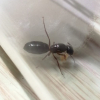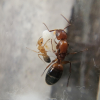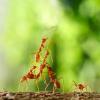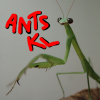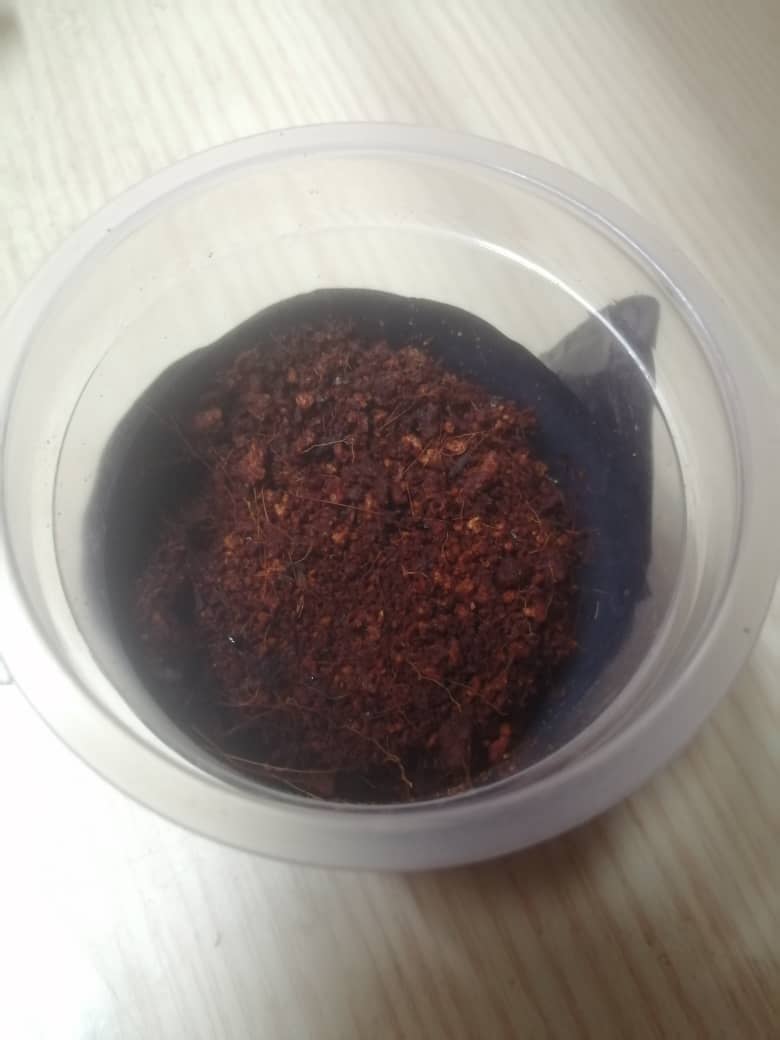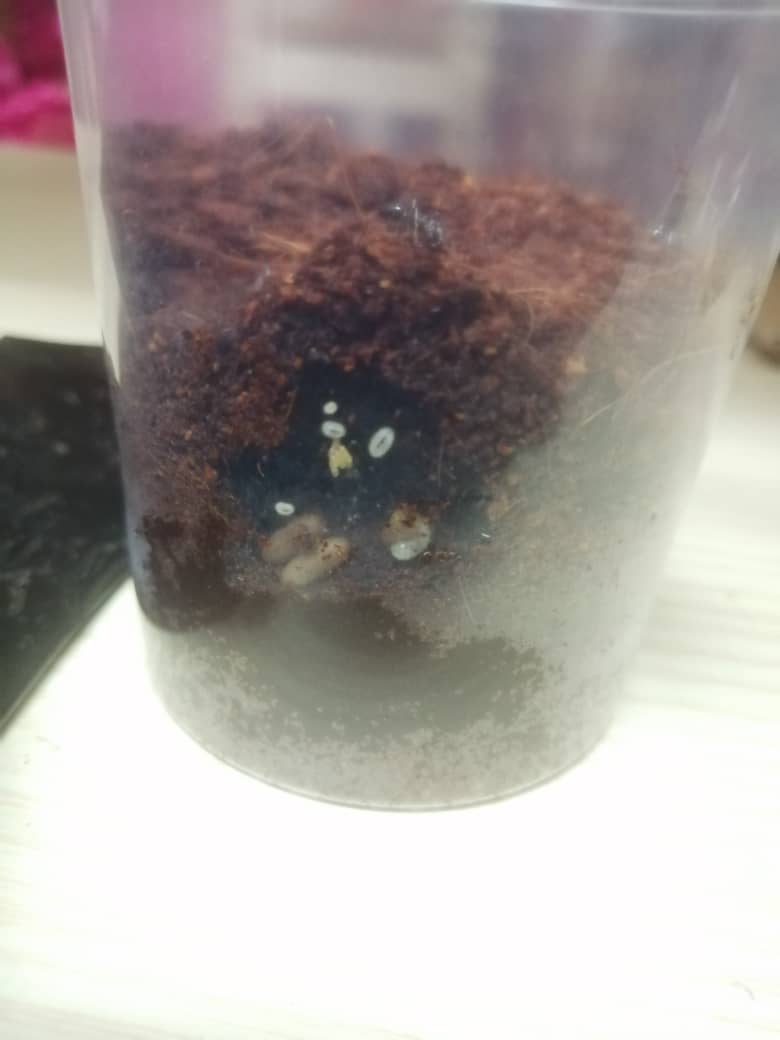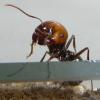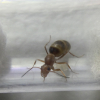This thread has been a roller coaster of emotions! I hope your colony thrives and you are able to fully enjoy them and they have an amazing life, friend!I find that O. simillimus larvae are really picky of their pupating conditions, the substrate must not get too wet or too dry, and sometimes even if the substrate is at their prefered humidity they still won't pupate. This time I tried using cocopeat because I usually see them nest in cocopeat (although I found them nesting in oil palm cocopeat and I used coconut cocopeat but I can still try). I used a different setup this time similar to what Aqua Quah did in this page, you may have even been to that page before. It seems to be working and they have at least one egg.
Glad to see you found something this season. I have 2 colonies in experimental setups right now, and both seem to be doing fine. Colony #1 is in a tubs n tubes setup with damp soil and moss, resembling that of the forest floor, while colony #2 is in a tubs n tubes setup with dry sandy soil. I was wondering if the humidity of the nest impacts their growth rate, because it seems to have happened with colony #2.
Edited by Flu1d, November 20 2022 - 11:20 AM.


